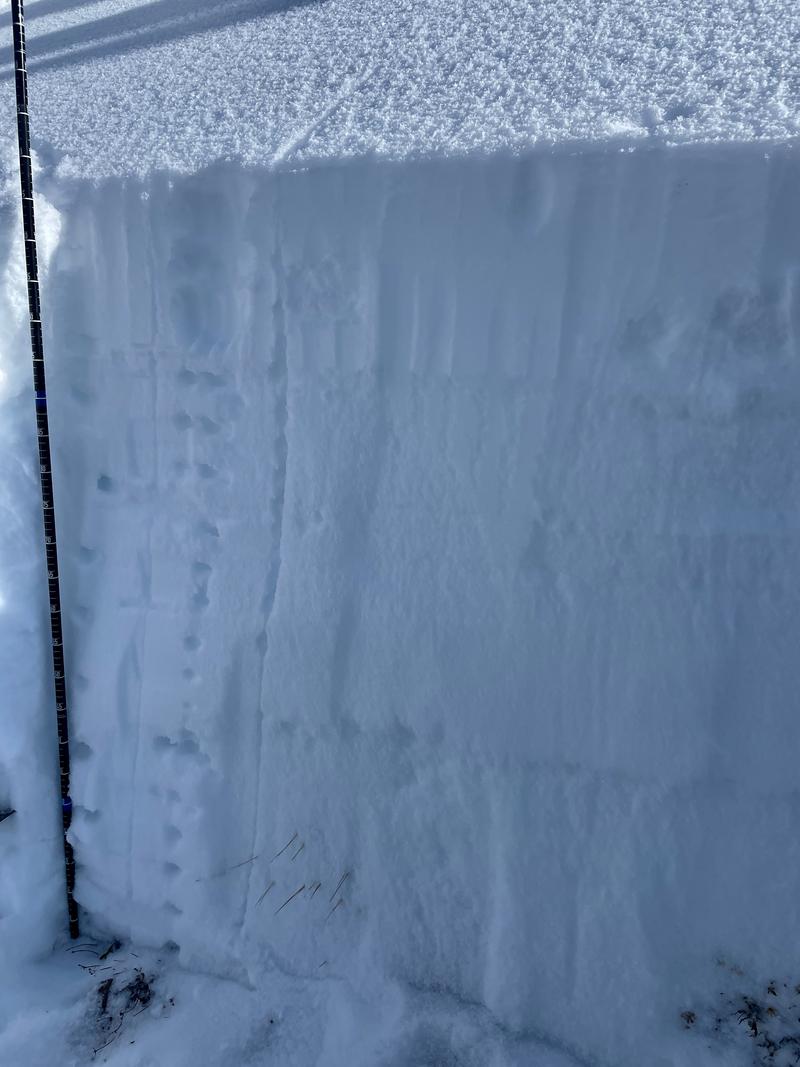Observation Date
1/6/2024
Observer Name
Kelly, Kazickas
Region
Salt Lake » Little Cottonwood Canyon » White Pine
Location Name or Route
White Pine
Comments
Going back through observations and snowpits on the UAC's new Data Explorer and on SnowPilot I couldn't find any snowpits on southwest facing aspects. When we at the UAC are forecasting a PWL problem we look for locations where the layer is located and whether it is reactive or not reactive by digging snowpits in various locations. We try to gather information on all aspects from all elevations below treeline, at treeline, and above treeline and these elevations roughly match the danger rose you see on our forecast.
This snowpit is only one data point and while it helps to start to make decisions about location and distribution of a weak layer it isn't enough for me to be able to say whether a layer such as the early season PWL is or isn't widespread. We still need more details, but it is a start.
This snowpit is only one data point and while it helps to start to make decisions about location and distribution of a weak layer it isn't enough for me to be able to say whether a layer such as the early season PWL is or isn't widespread. We still need more details, but it is a start.

Today's Observed Danger Rating
Moderate
Tomorrows Estimated Danger Rating
Moderate
Coordinates






